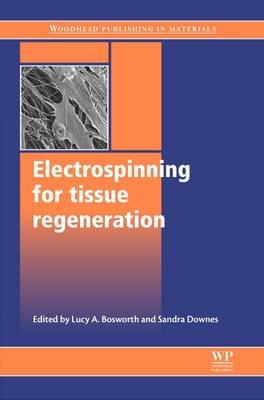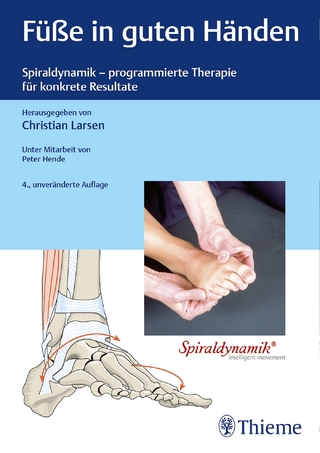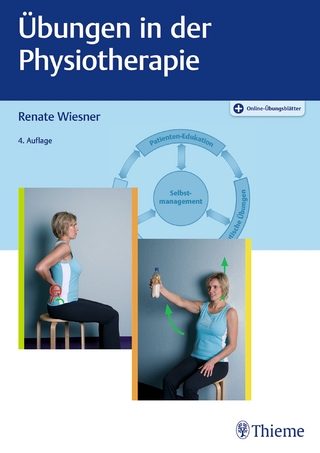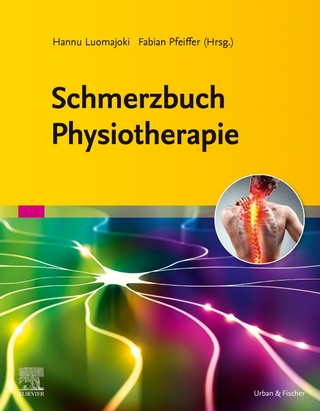
Electrospinning for Tissue Regeneration
Woodhead Publishing Ltd (Verlag)
978-1-84569-741-9 (ISBN)
- Keine Verlagsinformationen verfügbar
- Artikel merken
Electrospinning is a simple and highly versatile method for generating ultrathin fibres with diameters ranging from a few micrometres to tens of nanometres. Although most commonly associated with textile manufacturing, recent research has proved that the electrospinning technology can be used to create organ components and repair damaged tissues. Electrospinning for tissue regeneration provides a comprehensive overview of this innovative approach to tissue repair and regeneration and examines how it is being employed within the biomaterials sector.The book opens with an introduction to the fundamentals of electrospinning. Chapters go on to discuss polymer chemistry, the electrospinning process, conditions, control and regulatory issues. Part two focuses specifically on electrospinning for tissue regeneration and investigates its uses in bone, cartilage, muscle, tendon, nerve, heart valve, bladder, tracheal, dental and skin tissue regeneration before concluding with a chapter on wound dressings. Part three explores electrospinning for in vitro applications. Chapters discuss cell culture systems for kidney, pancreatic and stem cell research.With its distinguished editors and international team of expert contributors, Electrospinning for tissue regeneration is a valuable reference tool for those in academia and industry concerned with research and development in the field of tissue repair and regeneration.
Dr. Lucy A. Bosworth and Professor Sandra Downes both work in the Materials Science Centre at The University of Manchester, UK and are widely renowned for their research into biomaterials, tissue engineering and electrospinning.
Contributor contact details
Part I: Fundamentals of electrospinning
Chapter 1: Introduction to electrospinning
Abstract:
1.1 Introduction
1.2 Basic concepts
1.3 Morphology and structural formation
1.4 Parameters
1.5 Apparatus
1.6 Materials
1.7 Applications
1.8 Future trends
Chapter 2: Polymer chemistry
Abstract:
2.1 Introduction
2.2 Natural polymers
2.3 Synthetic degradable polymers
2.4 Conclusions
Chapter 3: The electrospinning process, conditions and control
Abstract:
3.1 Introduction
3.2 Solution parameters
3.3 Processing parameters
3.4 Ambient parameters
3.5 Conclusions
Chapter 4: Regulatory issues relating to electrospinning
Abstract:
4.1 Introduction
4.2 Regulation of materials in regenerative medicine
4.3 Future trends
4.4 Sources of further information and advice
Part II: Electrospinning for tissue regeneration
Chapter 5: Bone tissue regeneration
Abstract:
5.1 Introduction
5.2 Principles of bone biology
5.3 Strategies for bone regeneration
5.4 Fabrication of scaffolds for bone tissue engineering
5.5 Potential materials for scaffolds
5.6 Osteoporosis: a growing problem
5.7 Strategies for the treatment of bone defects
5.8 Conclusions and future trends
Chapter 6: Cartilage tissue regeneration
Abstract:
6.1 Introduction
6.2 Culture of chondrogenic cells for implantation
6.3 Electrospun nanofibre scaffolds
6.4 Future trends
Chapter 7: Muscle tissue regeneration
Abstract:
7.1 Introduction to skeletal muscle
7.2 Skeletal muscle injuries
7.3 Mechanical properties of skeletal muscle
7.4 Tissue engineering
7.5 Contractile force
7.6 Conductive elements
7.7 Conclusion and future trends
Chapter 8: Tendon tissue regeneration
Abstract:
8.1 Introduction: tendon tissue
8.2 Tendon structure and composition
8.3 Tendon pathology
8.4 Clinical need
8.5 Tissue engineering
8.6 Cell response to electrospun bundles
8.7 Mechanical properties of electrospun bundles
8.8 Conclusions and future trends
8.9 Acknowledgements
Chapter 9: Nerve tissue regeneration
Abstract:
9.1 Introduction
9.2 Clinical problems in nerve tissue therapy
9.3 Nerve tissue engineering
9.4 Biomimetic nanoscaffolds for peripheral nerve regeneration
9.5 Stem cell therapy with nanofibre for nerve regeneration
9.6 Conclusion and perspectives
Chapter 10: Heart valve tissue regeneration
Abstract:
10.1 Introduction
10.2 Tissue to be replaced: heart valves
10.3 Specific tissue requirements as a blueprint for scaffold properties
10.4 Selection of scaffold material
10.5 Scaffold properties to meet tissue requirements
10.6 Future trends
10.7 Acknowledgment
Chapter 11: Bladder tissue regeneration
Abstract:
11.1 Structural/functional properties of the bladder
11.2 Bladder disease and the need for bladder substitution
11.3 Electrospun and other scaffolds for bladder tissue engineering
11.4 Electrospinning fit for purpose
11.5 Future trends
11.6 Conclusions
11.7 Acknowledgement
Chapter 12: Tracheal tissue regeneration
Abstract:
12.1 Anatomy of the trachea and main pathologies of surgical concern
12.2 Tissue engineered trachea (TET)
12.3 Electrospun biodegradable tubular tracheal scaffold
12.4 Scaffold fulfilment
12.5 In vitro and in vivo evaluation of the cell and tissue response
12.6 Conclusions
12.7 Acknowledgements
Chapter 13: Dental regeneration
Abstract:
13.1 Introduction
13.2 Periodontal regeneration
13.3 Reinforcement of dental restorations
13.4 Conclusions and future trends
Chapter 14: Skin tissue regeneration
Abstract:
14.1 Introduction
14.2 Biology of skin and wound healing
14.3 Challenging problems in existing therapies
14.4 Restoring functional skin tissue
14.5 Nanofibres as extracellular matrix analogue
14.6 Ideal properties of scaffold
14.7 Choice of biomaterial
14.8 Cellular interactions on skin substitute
14.9 Conclusions and future trends
Chapter 15: Wound dressings
Abstract:
15.1 Introduction: wound healing
15.2 Nanofibres
15.3 Antimicrobial nanofibrous wound dressings
15.4 Conclusions
Part III: Electrospinning for in vitro applications
Chapter 16: Cell culture systems for kidney research
Abstract:
16.1 Introduction
16.2 Current work
16.3 Electrospun materials
16.4 Scanning electron microscopy of cells on electrospun scaffolds
16.5 Immunostaining of extracellular matrix proteins on electrospun scaffolds
16.6 Immunostaining of cells on electrospun scaffolds
16.7 Comparison of culture methods
16.8 Discussion and future trends
16.9 Acknowledgements
Chapter 17: Cell culture systems for pancreatic research
Abstract:
17.1 Introduction
17.2 Min6 cell line
17.3 Nes2y cells
17.4 Novel scaffolds and production methods
17.5 Methods
17.6 Results
17.7 Discussion
17.8 Future trends
17.9 Conclusion
Chapter 18: Cell culture systems for stem cell research
Abstract:
18.1 Introduction
18.2 Embryonic stem cells
18.3 Current culture techniques
18.4 3D scaffolds
18.5 Combining ES cells with electrospun scaffolds
18.6 Future trends
Index
| Reihe/Serie | Woodhead Publishing Series in Biomaterials |
|---|---|
| Verlagsort | Cambridge |
| Sprache | englisch |
| Maße | 156 x 234 mm |
| Gewicht | 810 g |
| Themenwelt | Medizin / Pharmazie ► Physiotherapie / Ergotherapie ► Orthopädie |
| Technik ► Medizintechnik | |
| ISBN-10 | 1-84569-741-3 / 1845697413 |
| ISBN-13 | 978-1-84569-741-9 / 9781845697419 |
| Zustand | Neuware |
| Haben Sie eine Frage zum Produkt? |
aus dem Bereich


